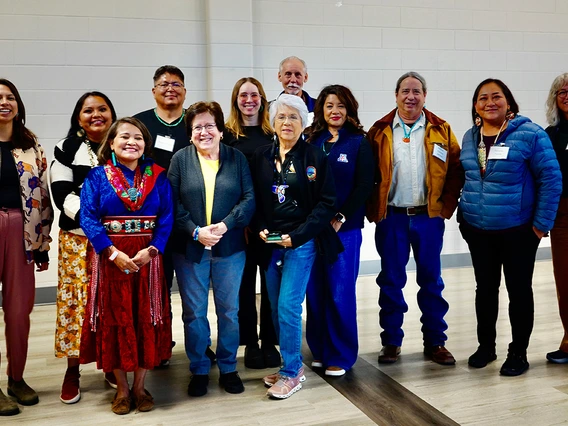
Weekly Wave: Colorado River Basin Delegation Attends Workshop on Indigenous and Western Science
Last week, October 8–10, 2025, a delegation from the Colorado River Basin (CRB) traveled to Toronto, Ontario, Canada, to participate in a workshop on “Braiding…